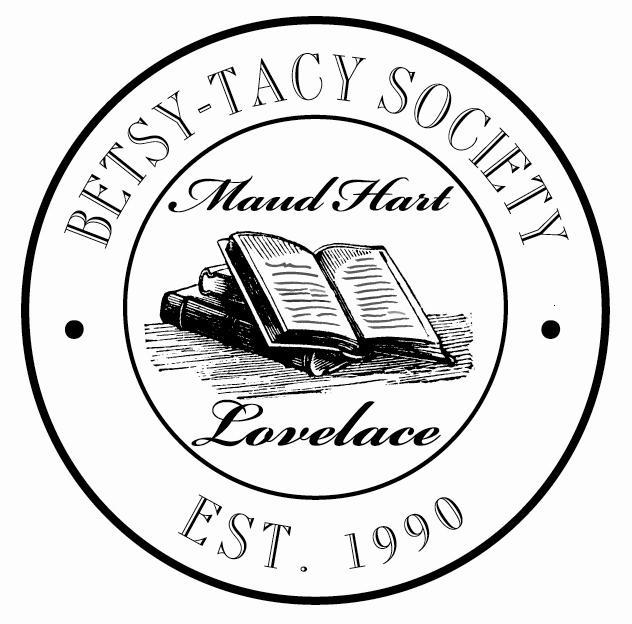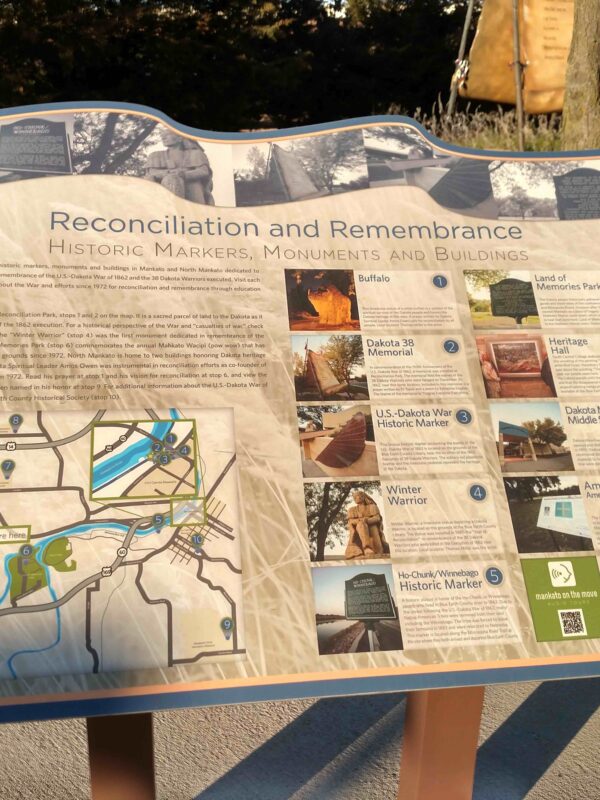Mankato townsite surveyed and platted by S. P. Folsom of St. Paul.
The History of Greater Mankato
In 1880, Mankato was the fourth largest city in Minnesota with a population of 5,500. Today, more than 50,000 people call Mankato and North Mankato home. Mankato was originally named “Mahkato” (meaning greenish-blue earth) by its early inhabitants, the Dakota. Mankato is located at the confluence of the Minnesota and Blue Earth Rivers.
Today, many memorials and buildings exist to commemorate the diverse and important history that has shaped the Greater Mankato area. These historical attractions are must-sees for visitors! Customize your experience and explore the various historic sites.
More on our story:
In 1852, Parsons K. Johnson and Henry Jackson staked claims along these banks of the Minnesota River and founded the town of Mankato. The city was established on land purchased in the Treaty of Traverse des Sioux between the US government and the Dakota, breaking of this treaty by the government lead to the US-Dakota Conflict of 1862.
North Mankato, which sits just across the river, was established in 1898. The first bridge between North Mankato and Mankato was an iron truss bridge constructed in 1879. The bridge represented an interdependence and partnership between the cities that continues.
Greater Mankato on the Move Mobile History Tour
The Mankato Heritage Plaque program is a collaboration between the City of Mankato and the Blue Earth County Historical Society highlighting our community’s historic places. There are currently 18 heritage plaques installed around Greater Mankato at historic buildings, homes, and some of our city parks. Each Mobile History tour features stories not included on the plaque. Enjoy this tour as well as many others throughout the area.








